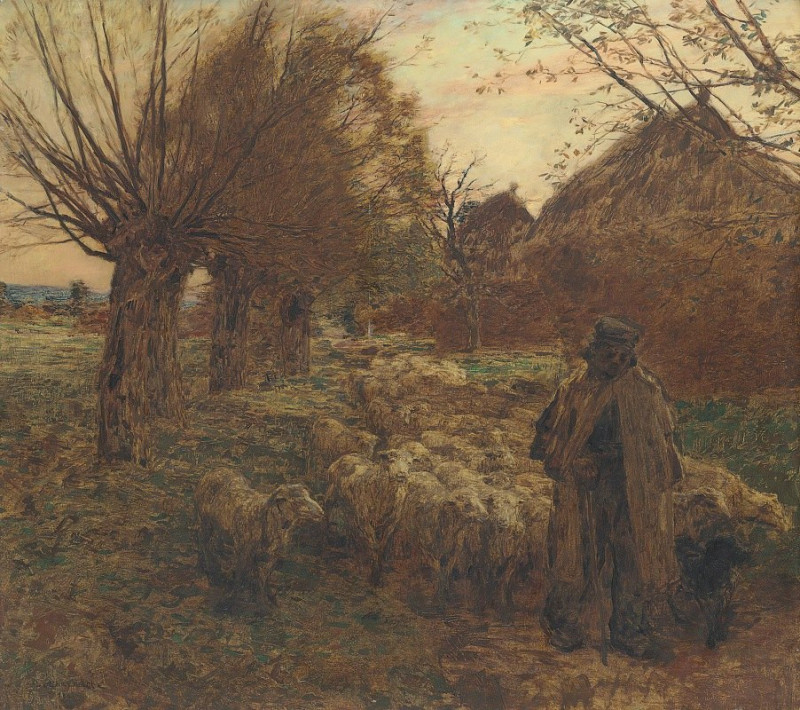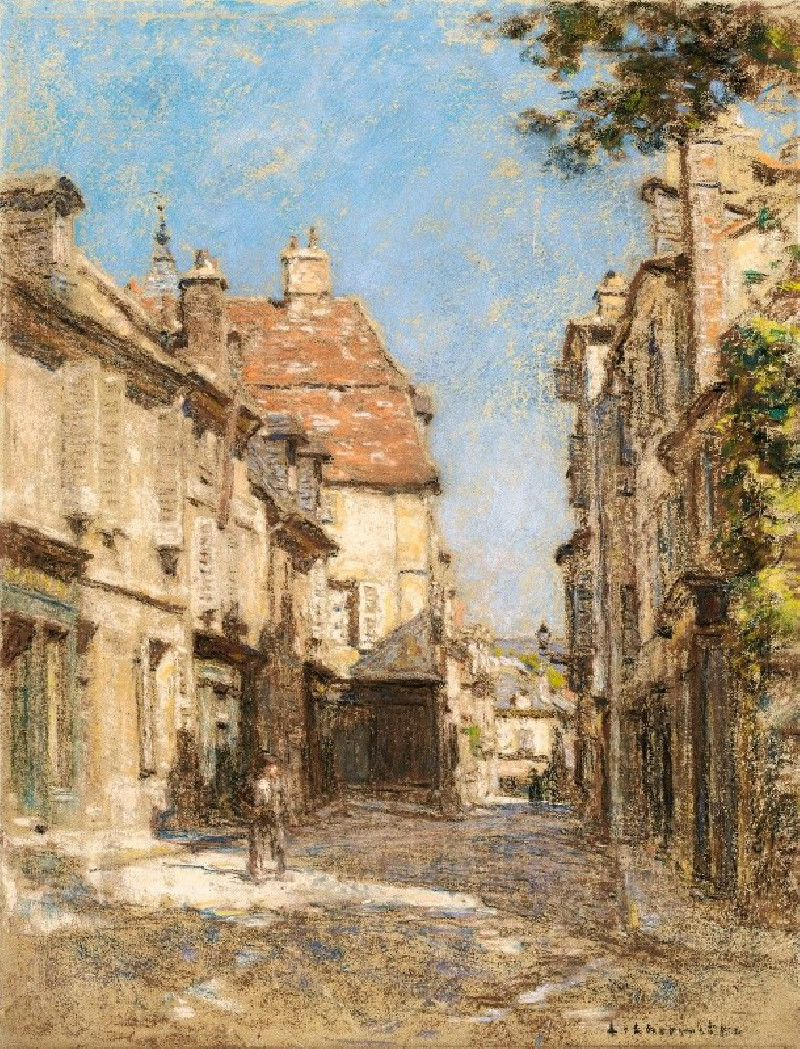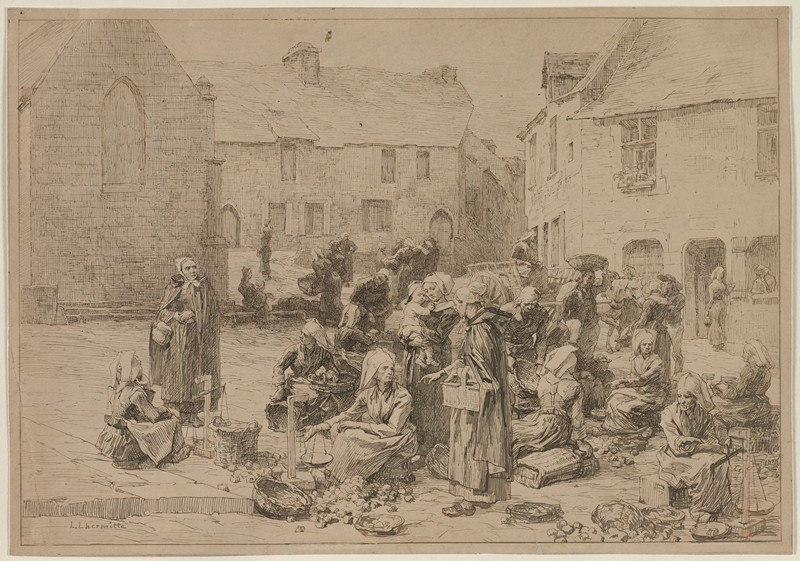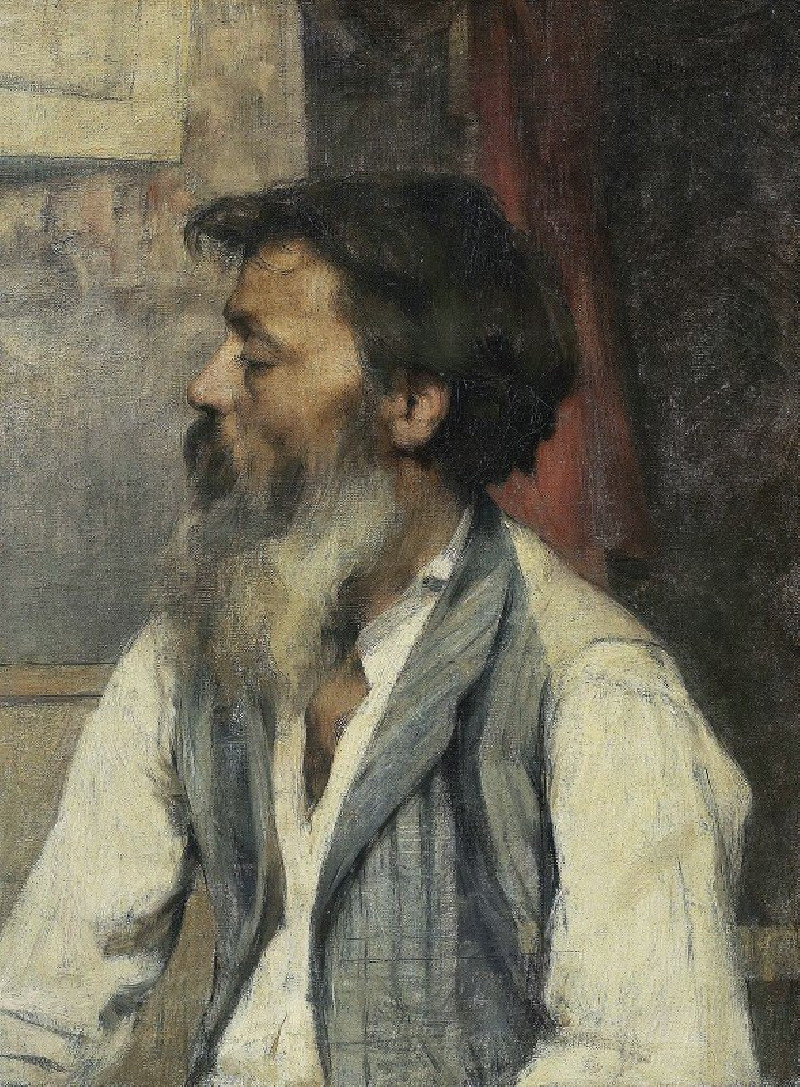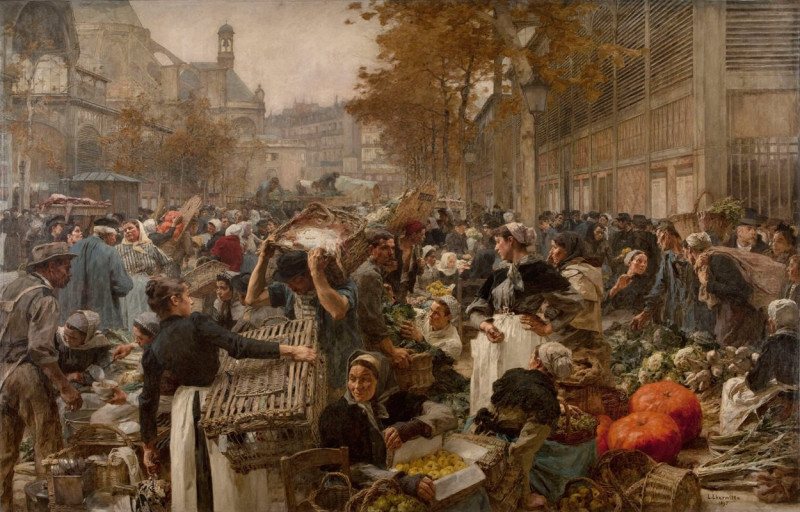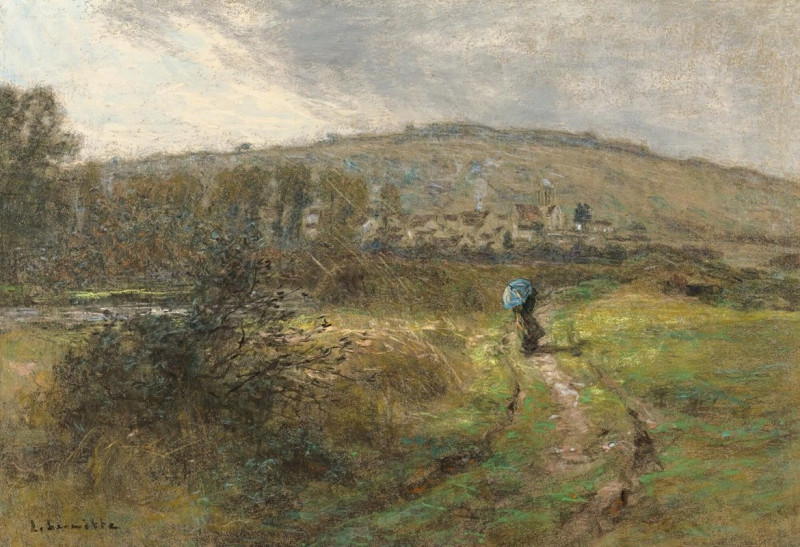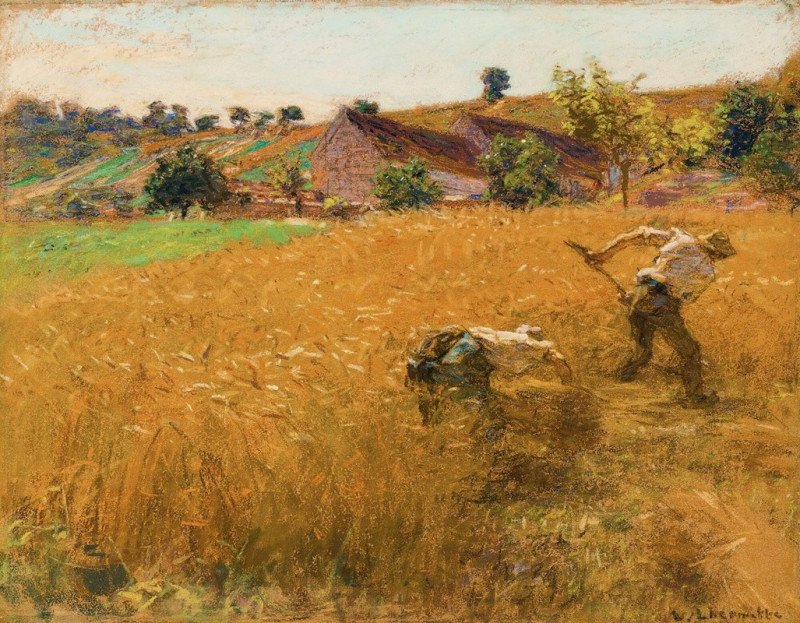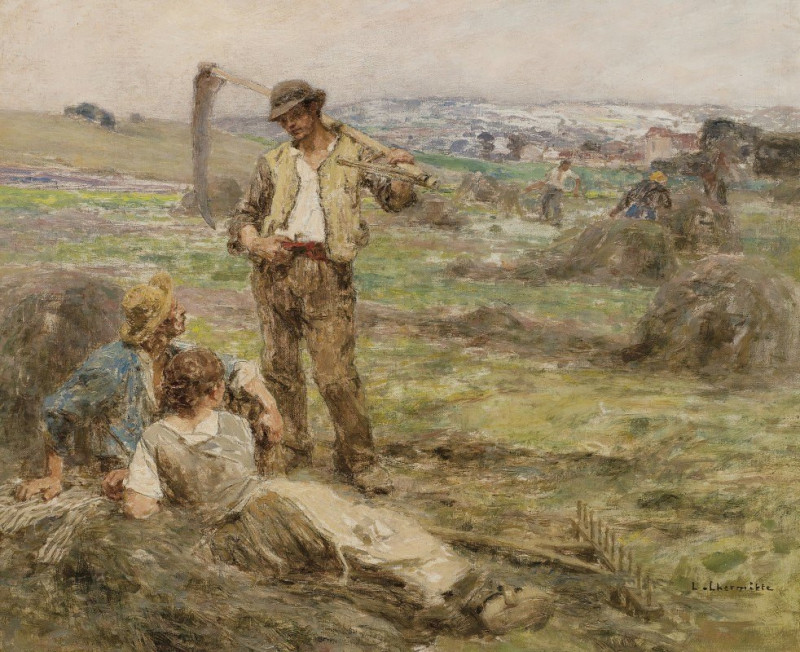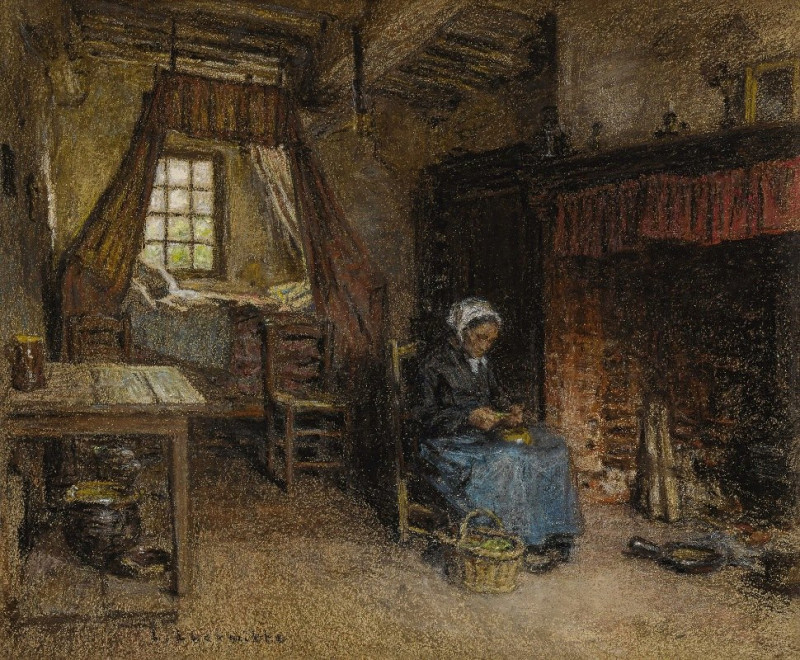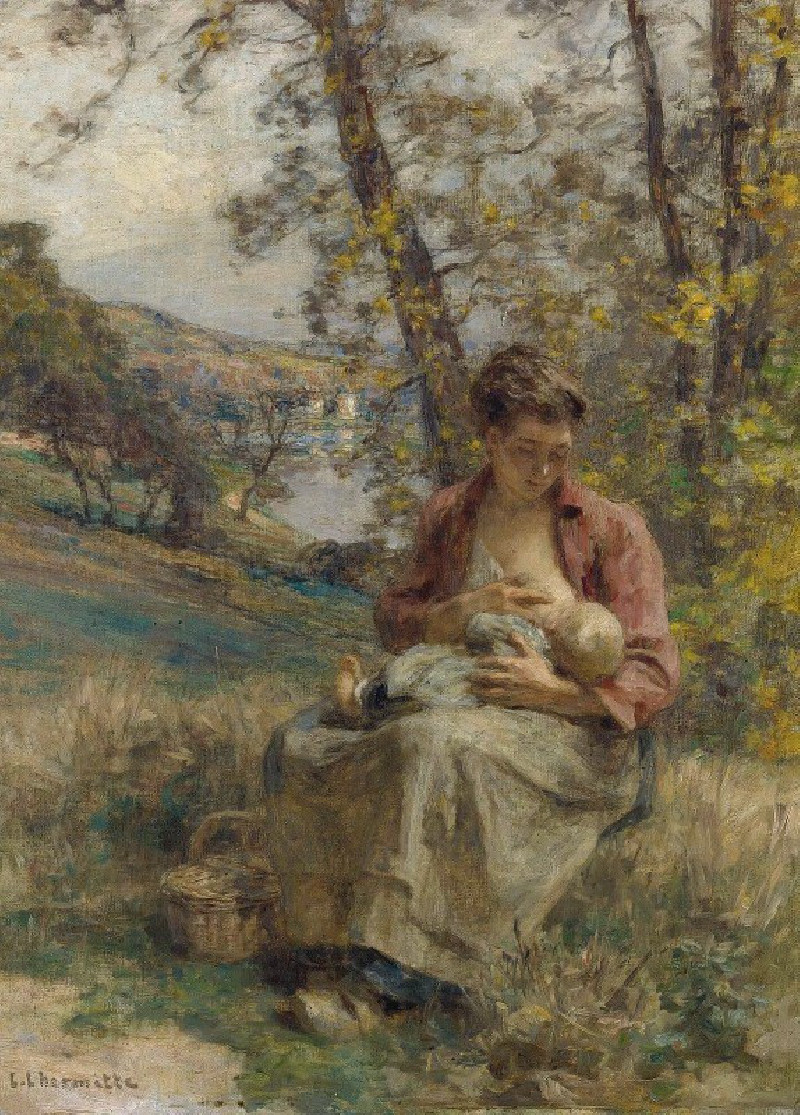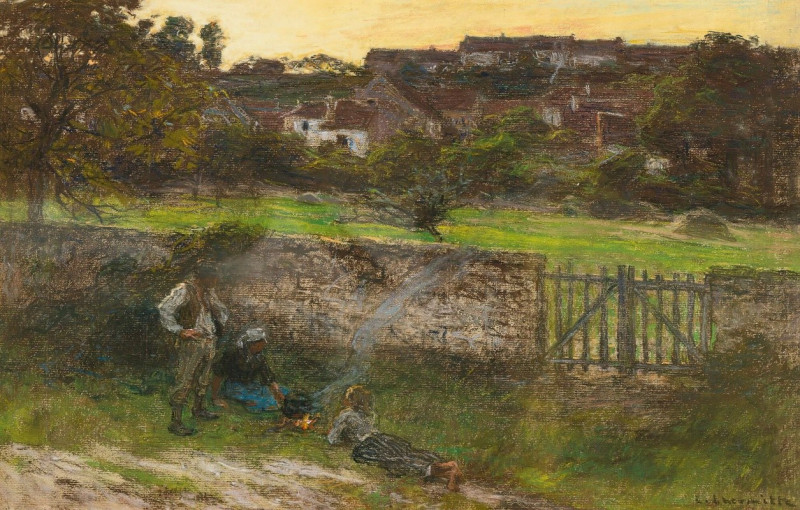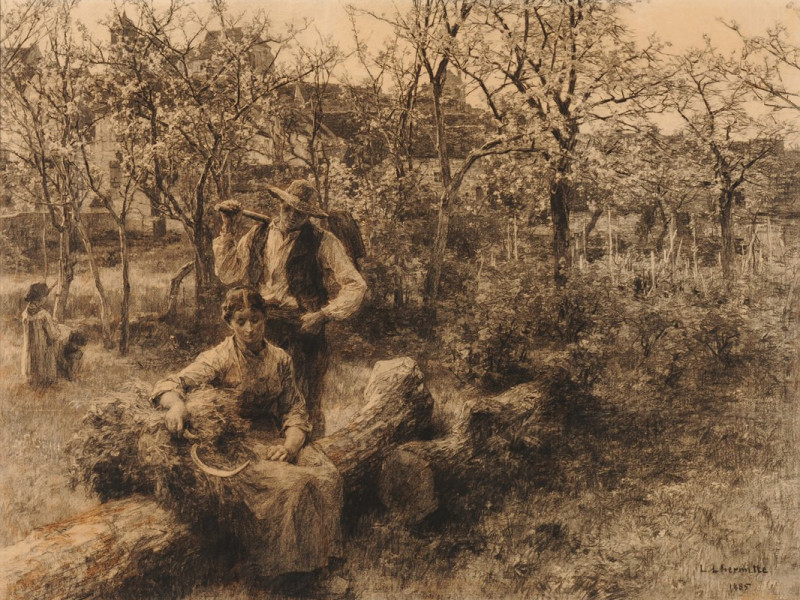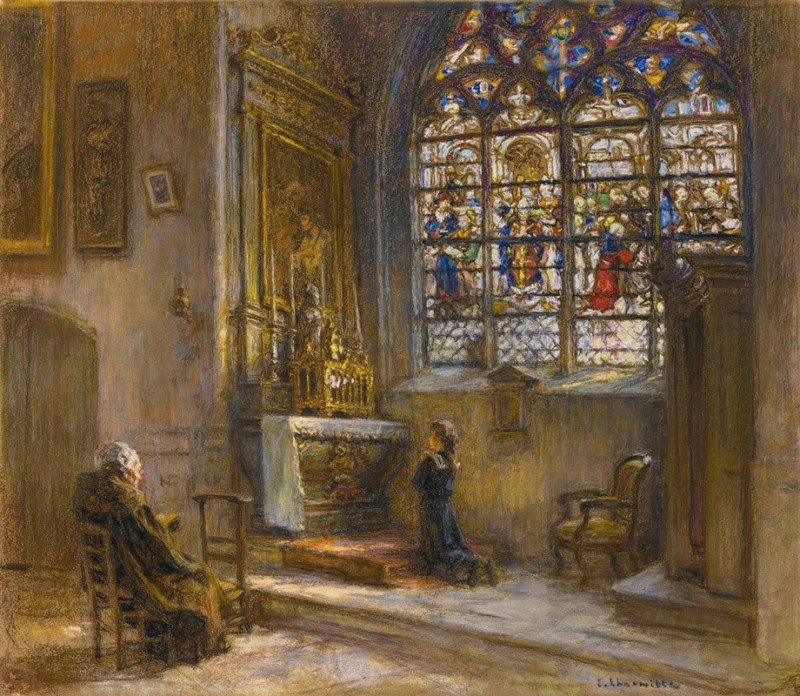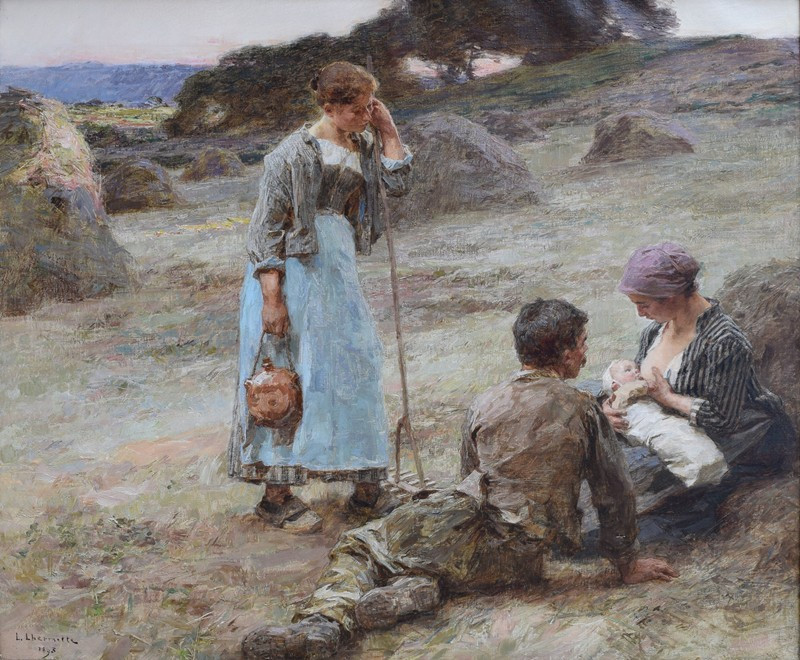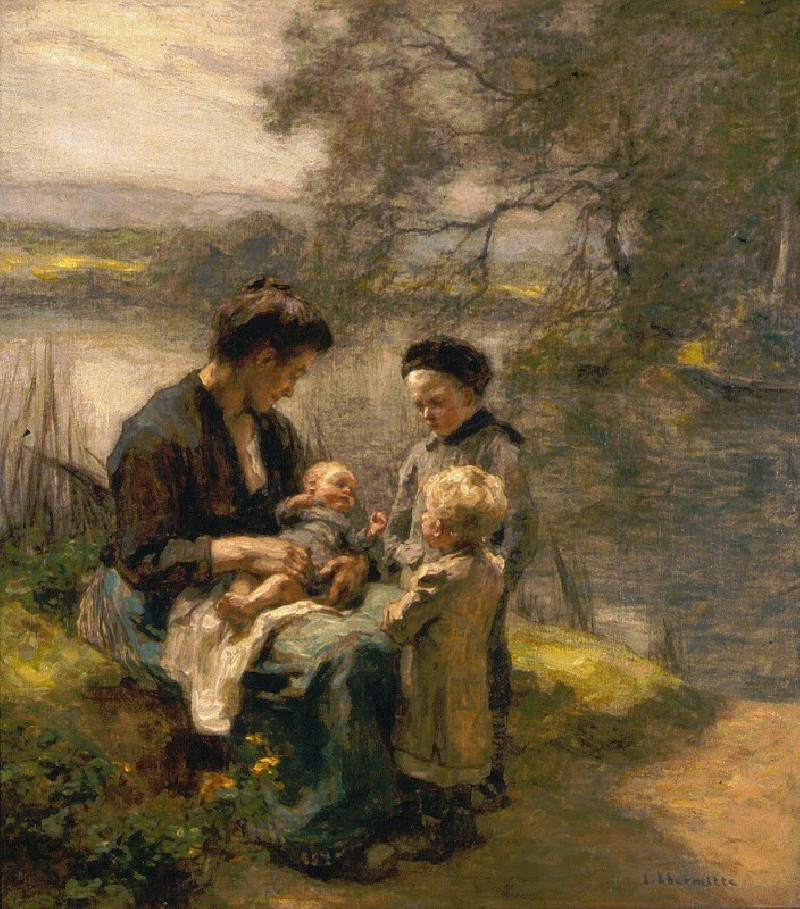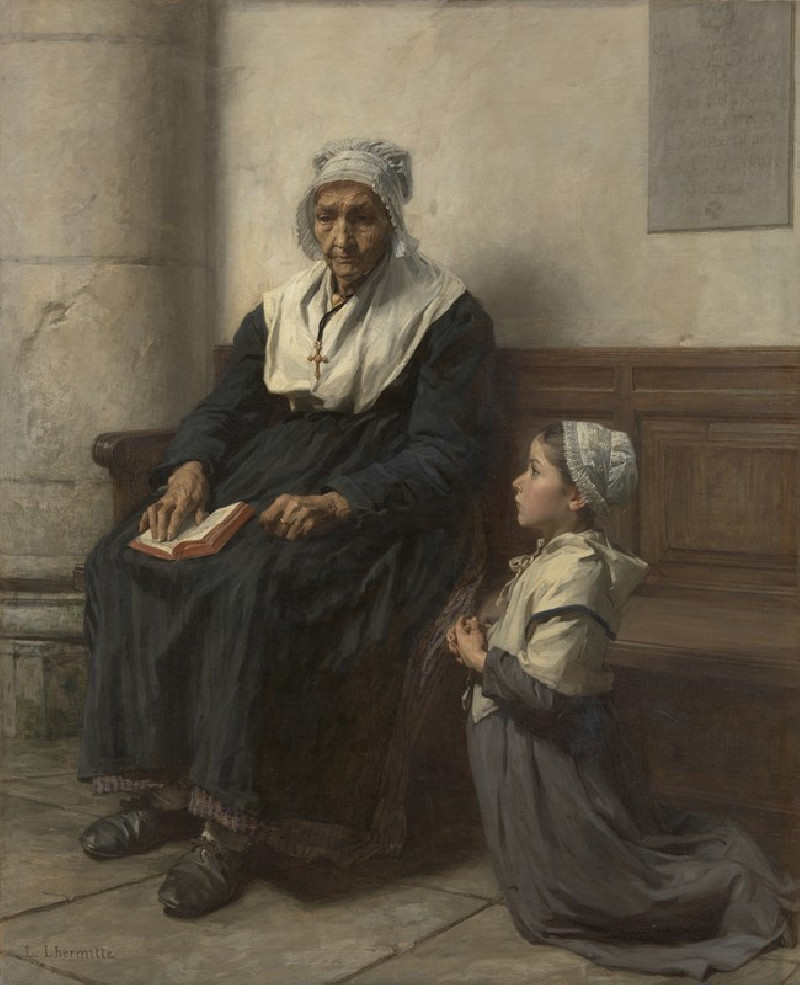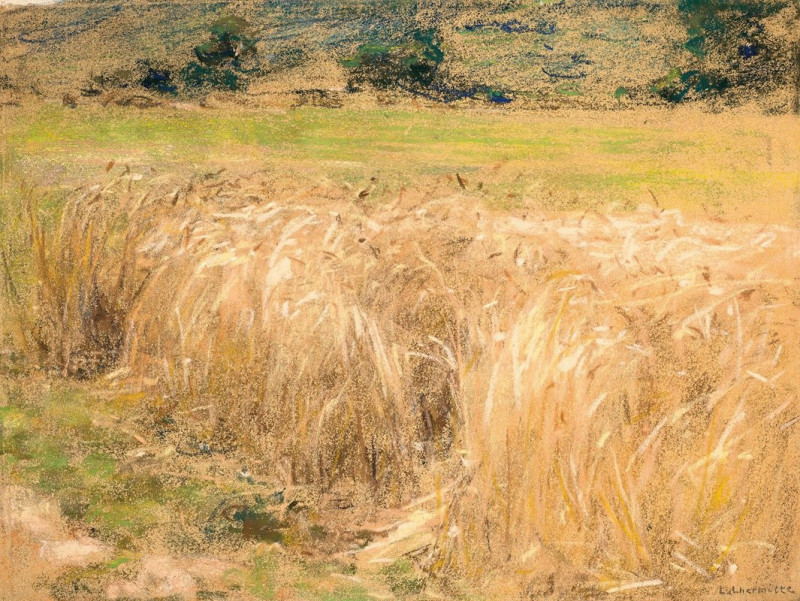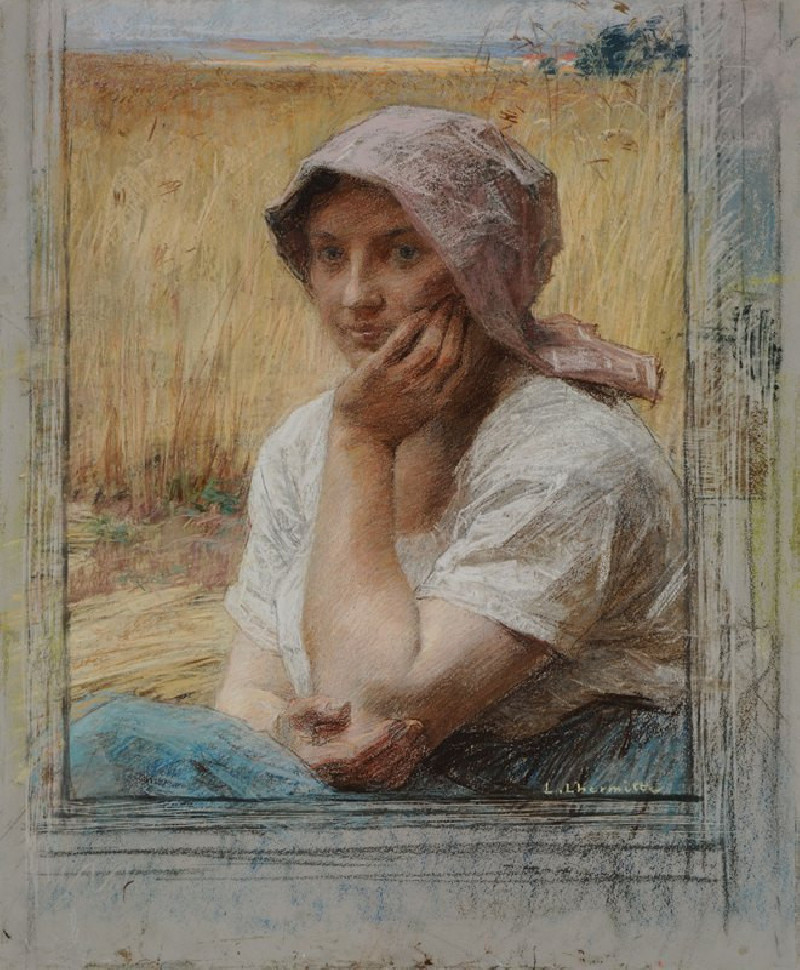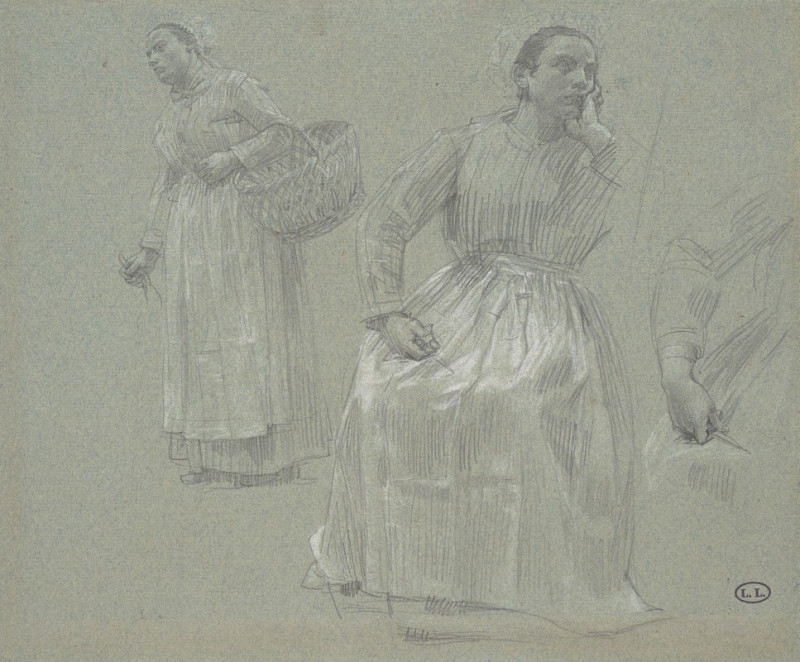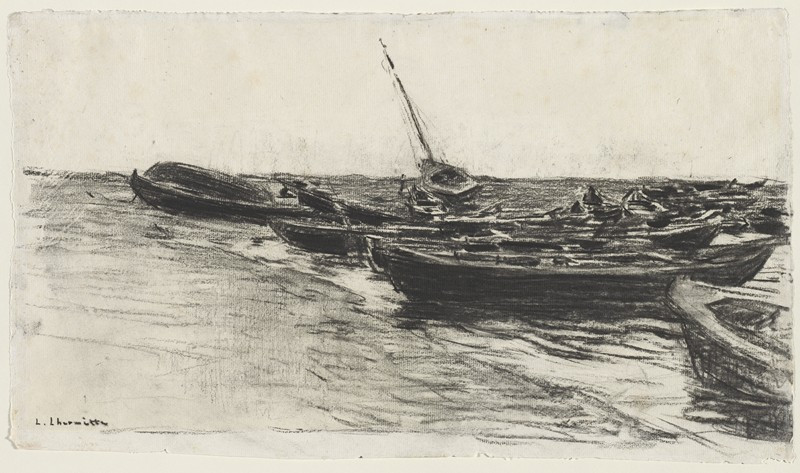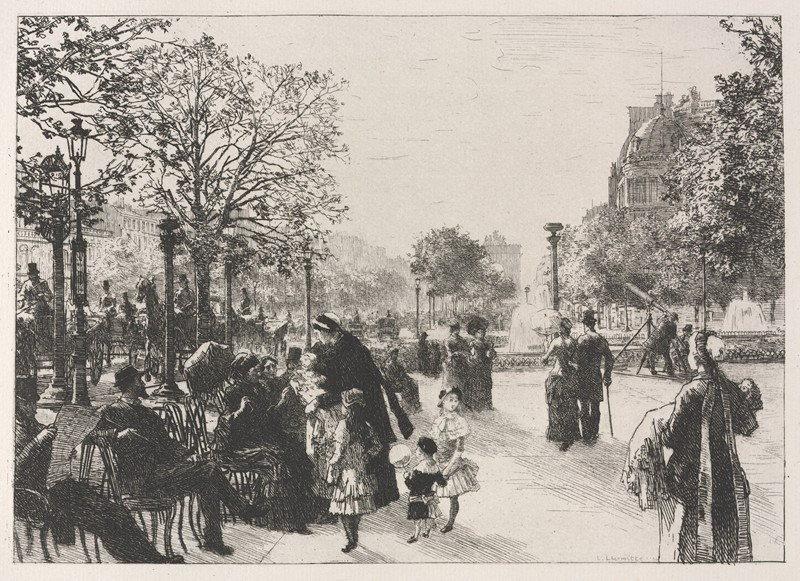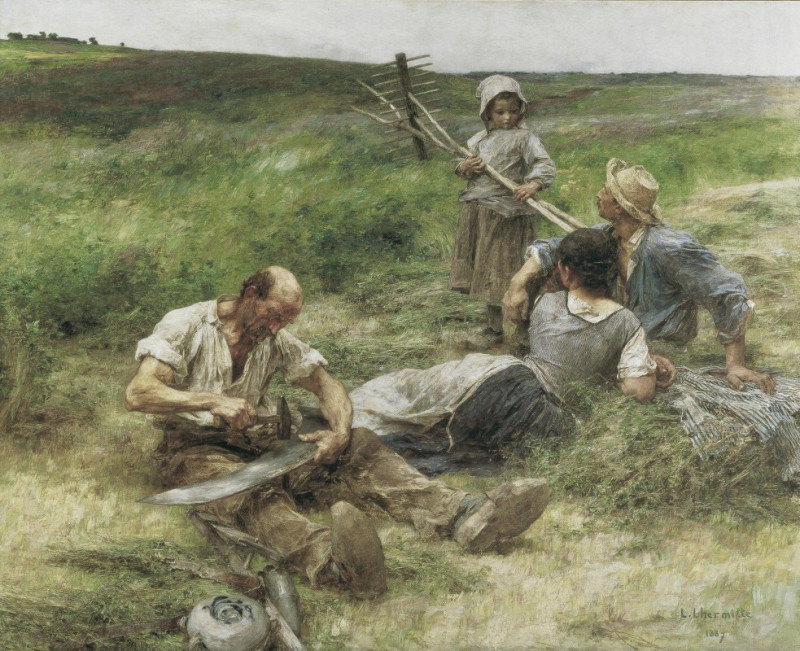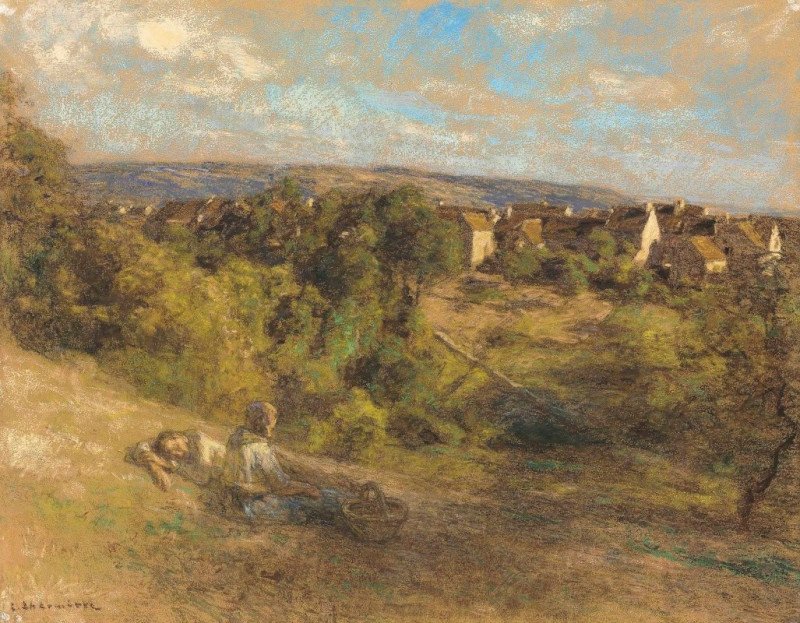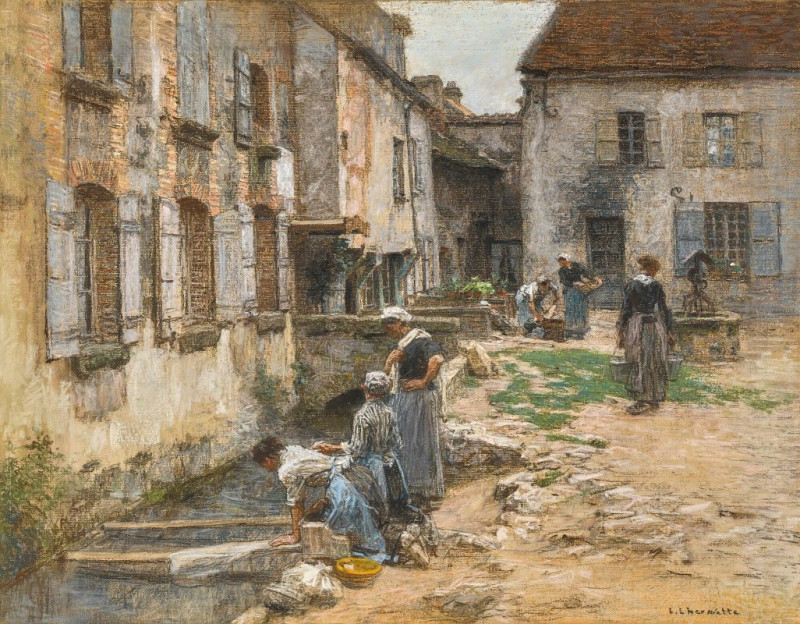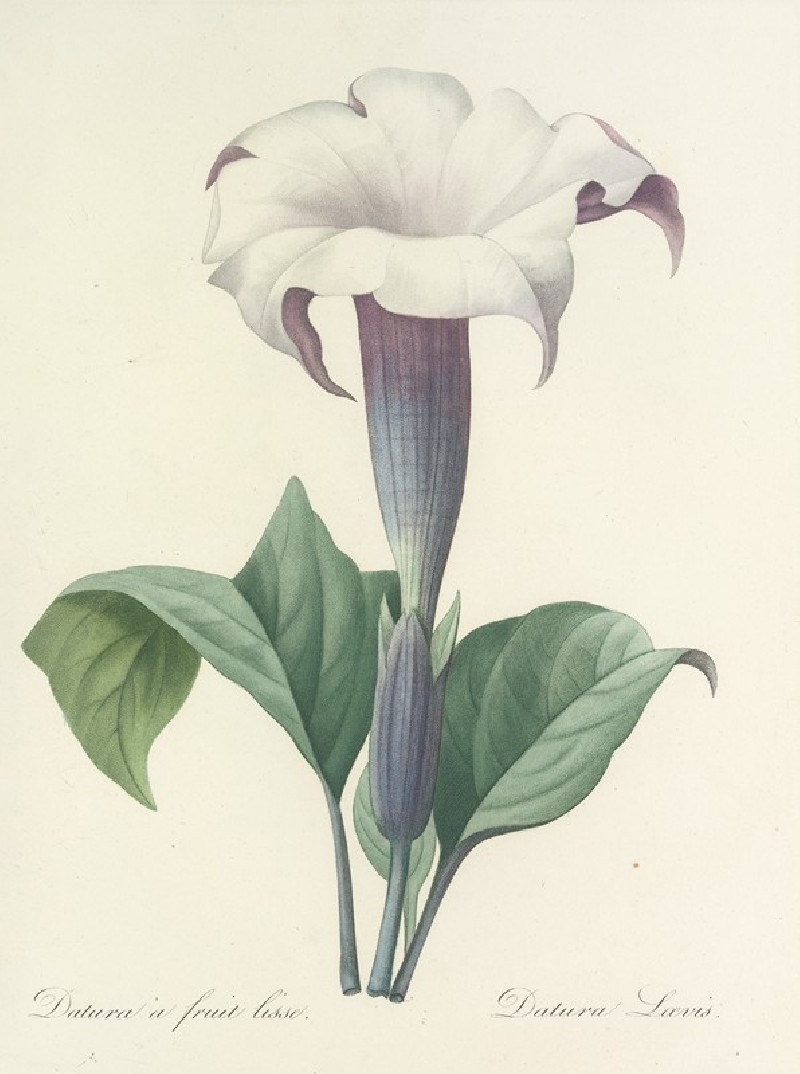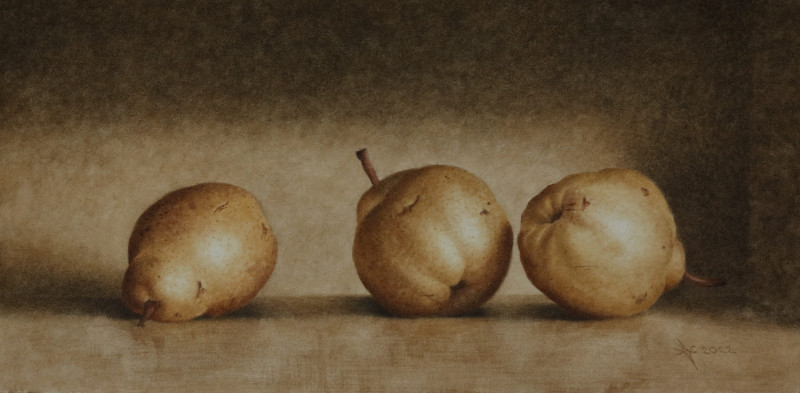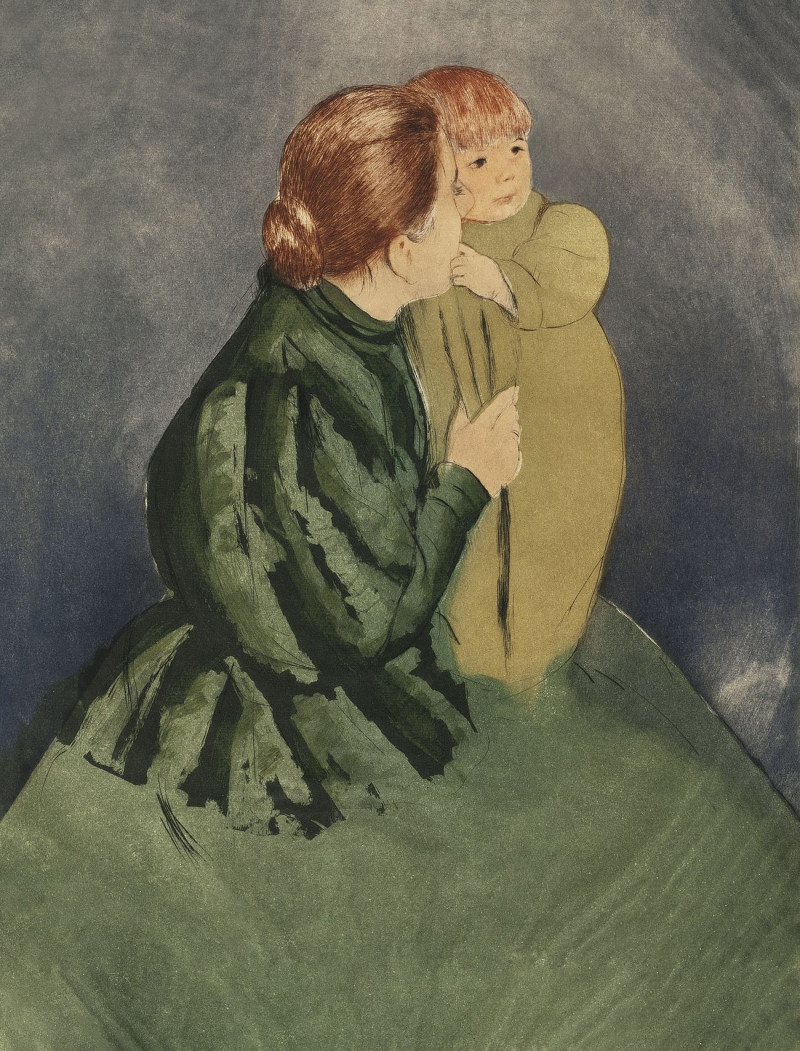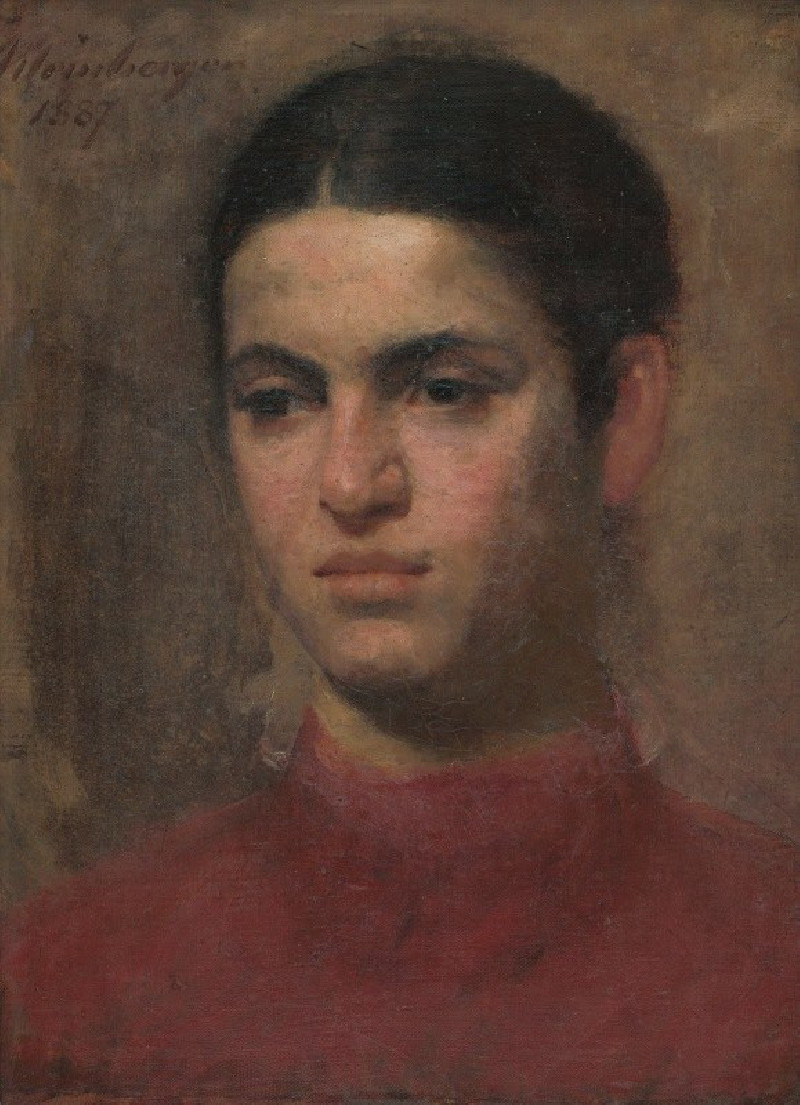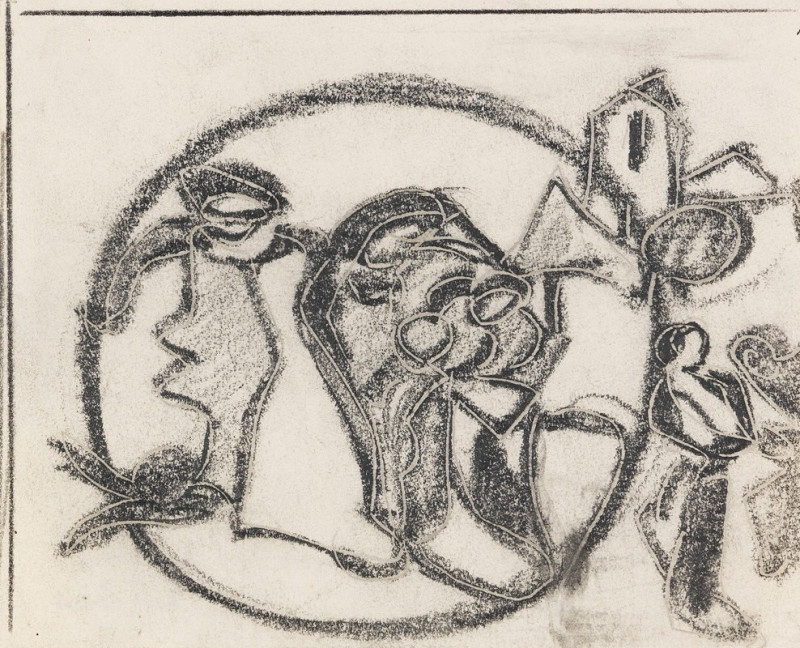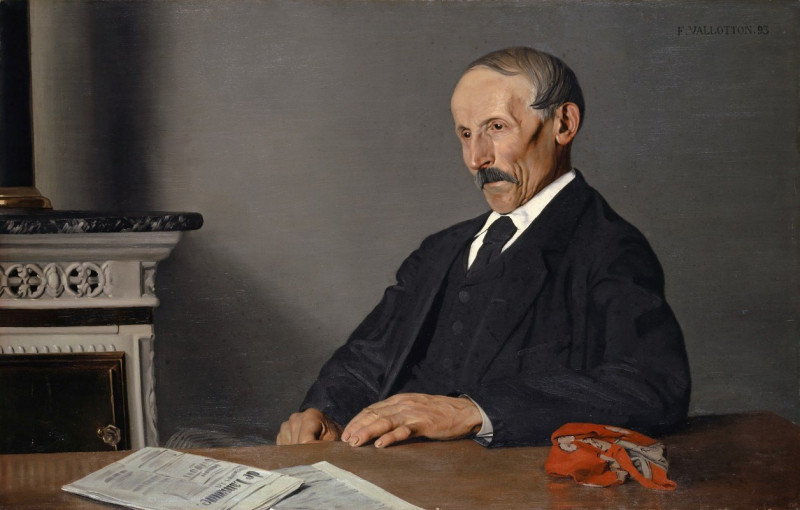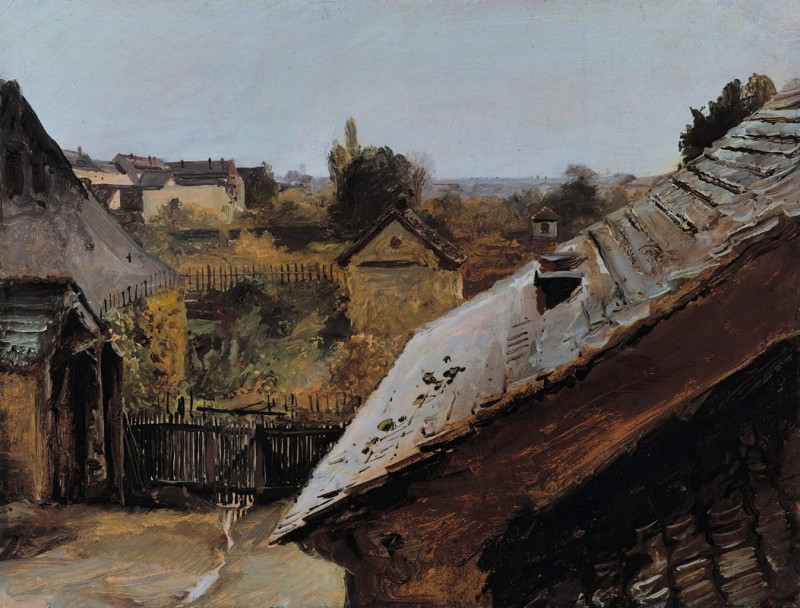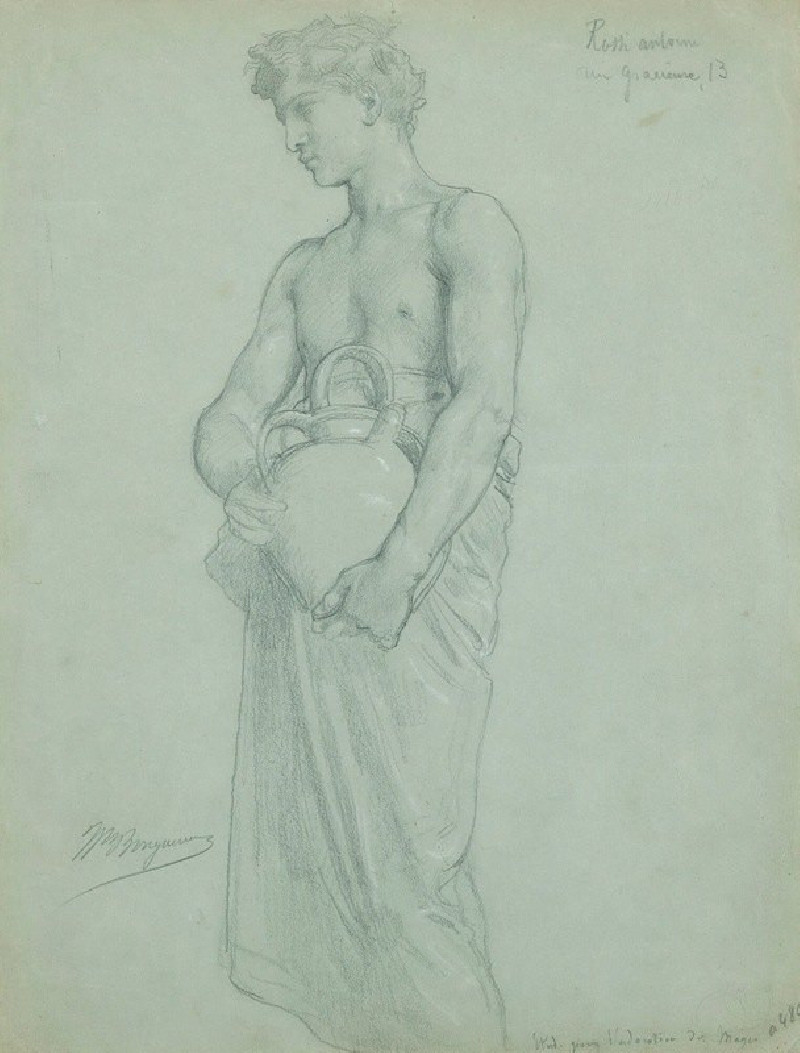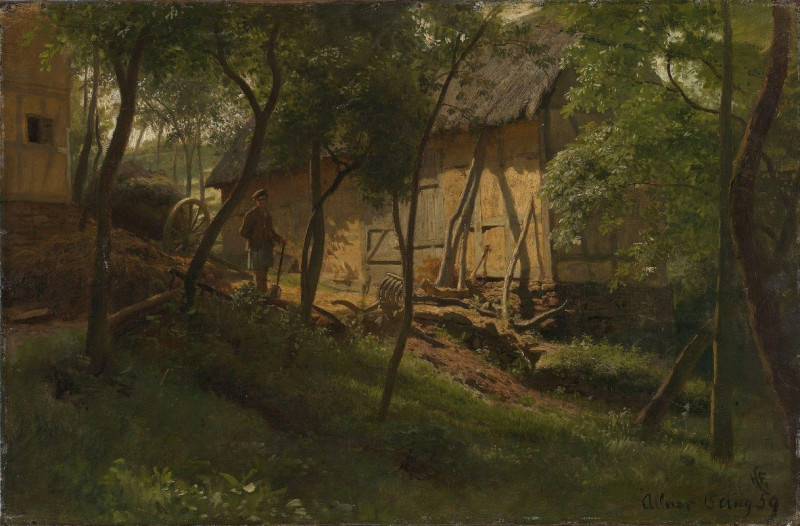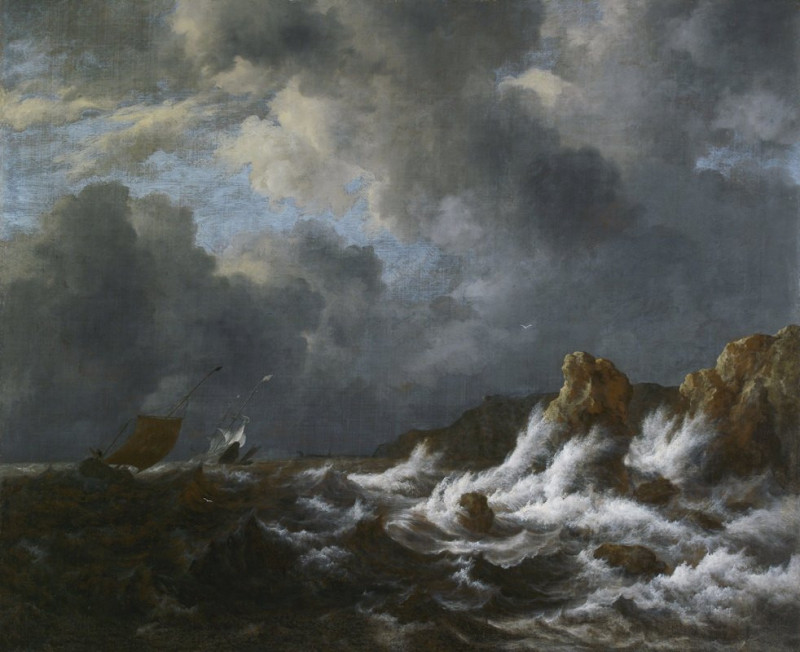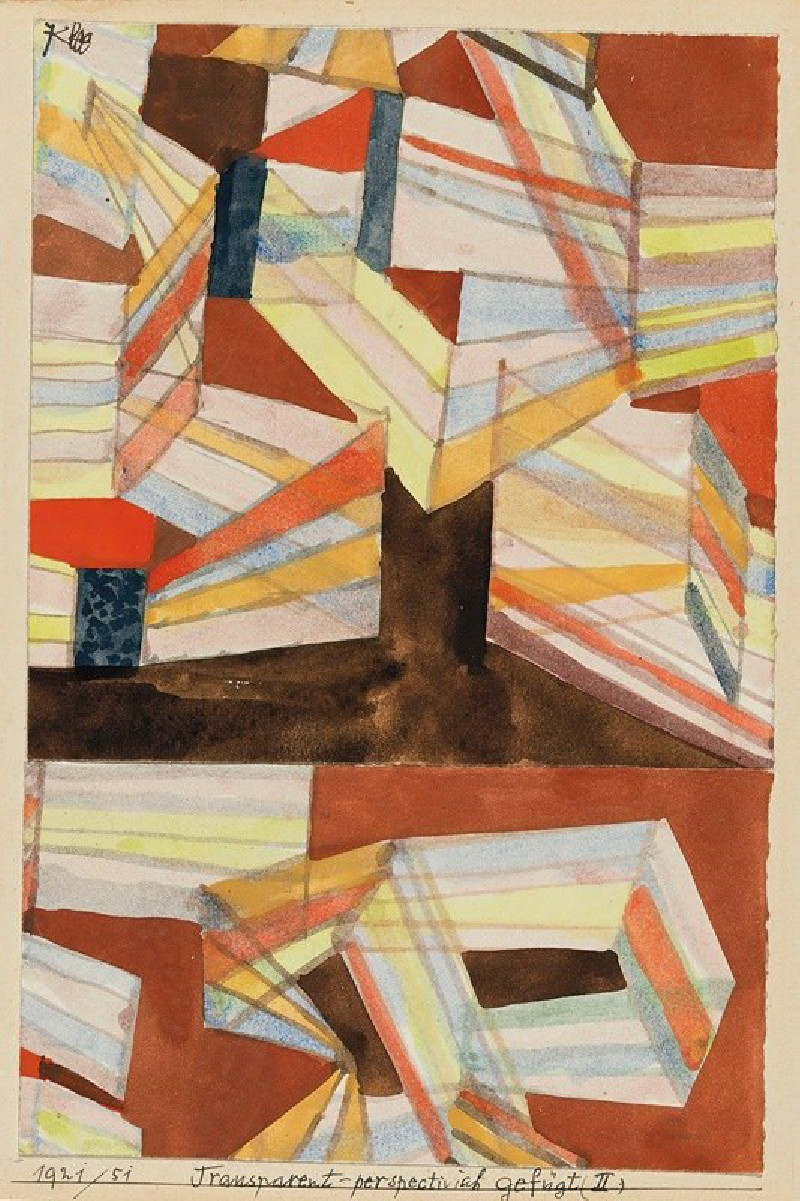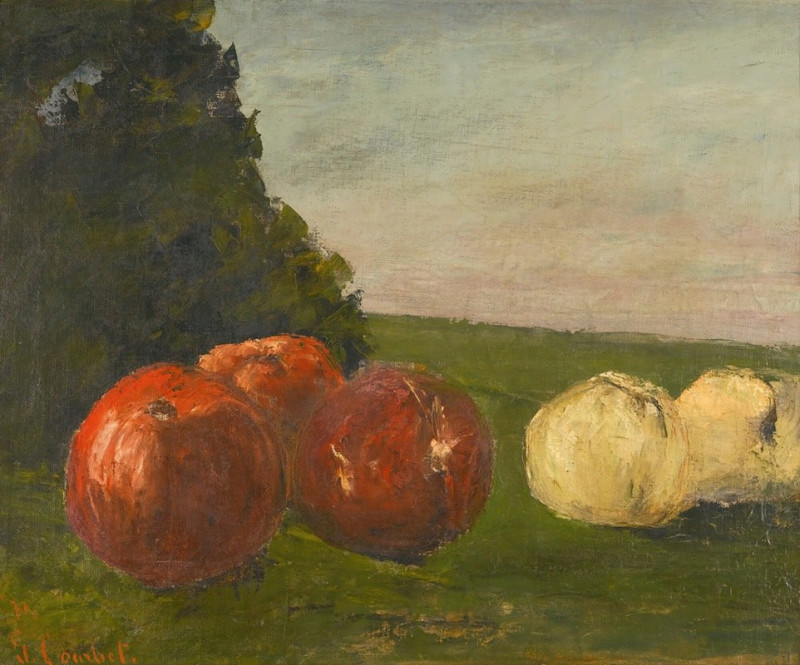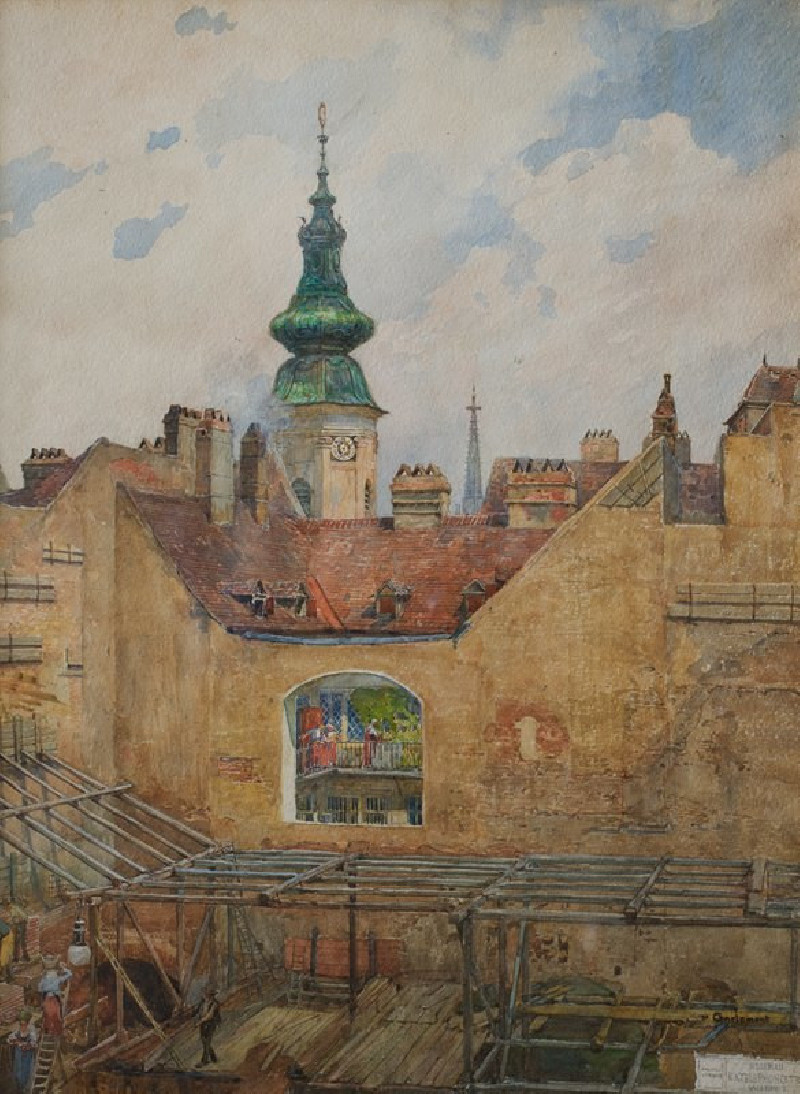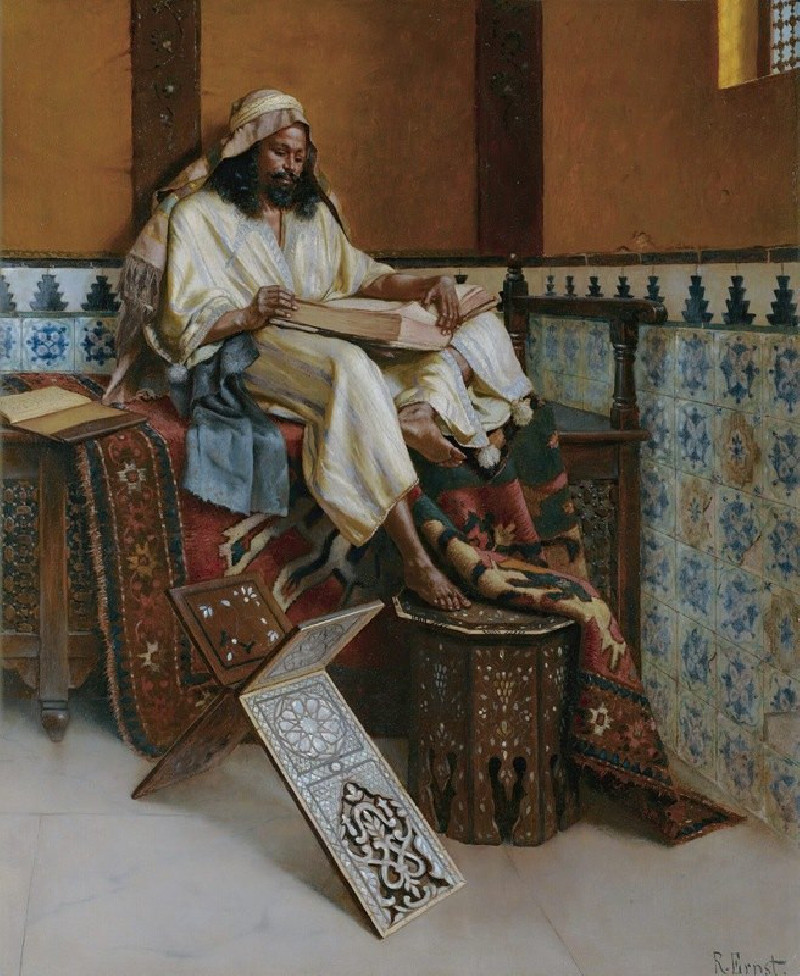Le Berger Et Son Troupeau (1892)
Technique: Giclée quality print
Recommended by our customers
More about this artwork
Léon Augustin Lhermitte's "Le Berger Et Son Troupeau" is a profound exploration of pastoral life, masterfully rendered with subtle earth tones and intricate detail. The painting portrays the timeless routine of a shepherd, standing watch over his flock of sheep amid a rural landscape. Captured in Lhermitte's characteristic Realist style, the shepherd is clothed in a long, flowing coat, suggesting a cool, perhaps breezy environment, typical of the dusk or dawn hours.The setting is serene yet rich in texture, featuring gnarled trees whose robust trunks and sprawling branches frame the composition, leading the viewer's eye across the canvas. The presence of hay stacks and sparse vegetation further underscores the rustic theme and provides a glimpse into the agricultural practices of the time.The tranquil yet alive scenery and the shepherd’s calm vigil speak volumes about Lhermitte's respect and admiration for the rural working class. This painting, with its muted palette and emphasis on texture and natural light, invites the viewer to reflect on the beauty and harsh realities of rural life.
Delivery
Returns
Léon Augustin Lhermitte was a French naturalist painter and etcher whose primary subject matter was rural scenes depicting peasants at work.
He was a student of Lecoq de Boisbaudran, he gained recognition after his show in the Paris Salon in 1864.
His many awards include the French Legion of Honour (1884) and the Grand Prize at the Exposition Universelle in 1889.

